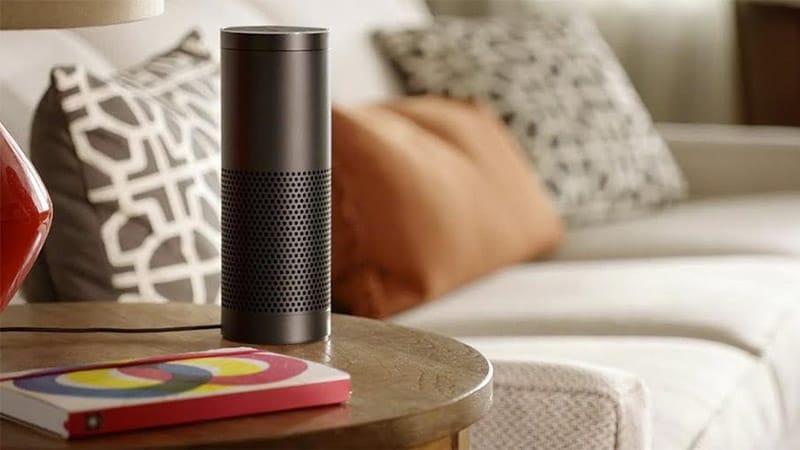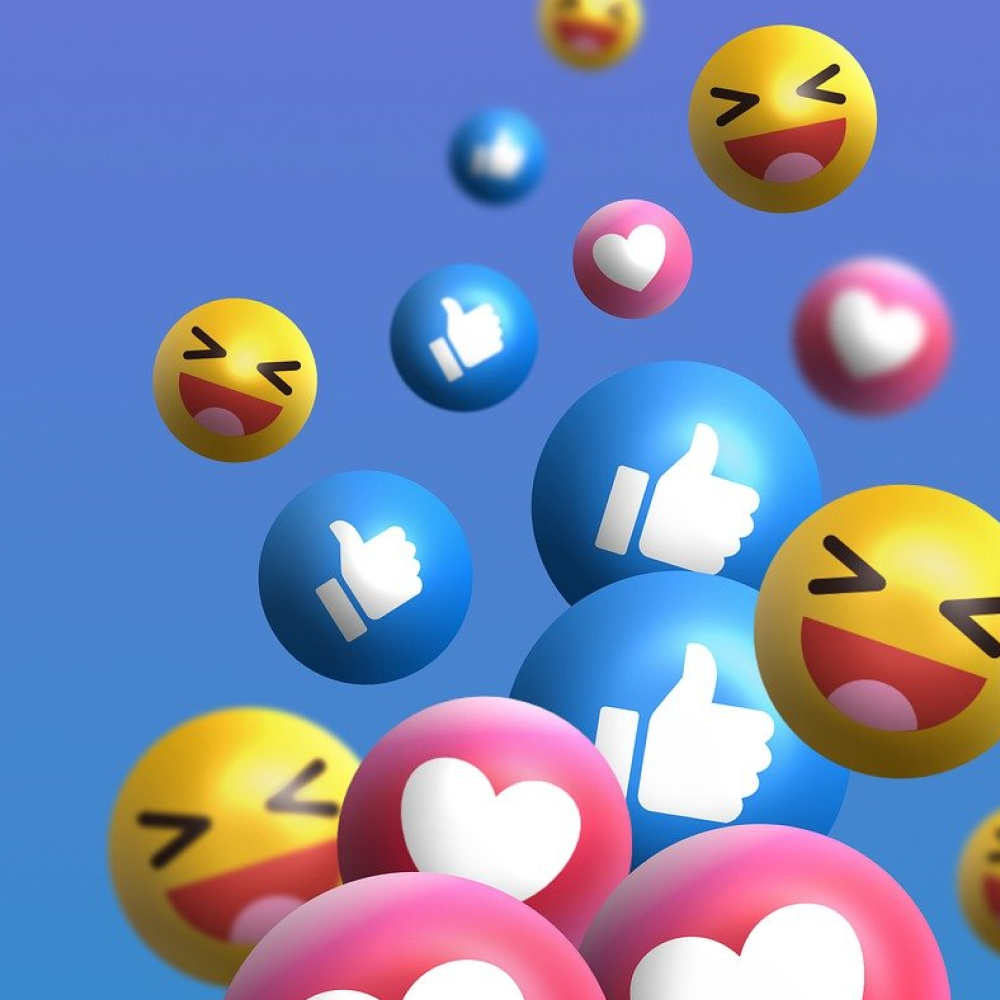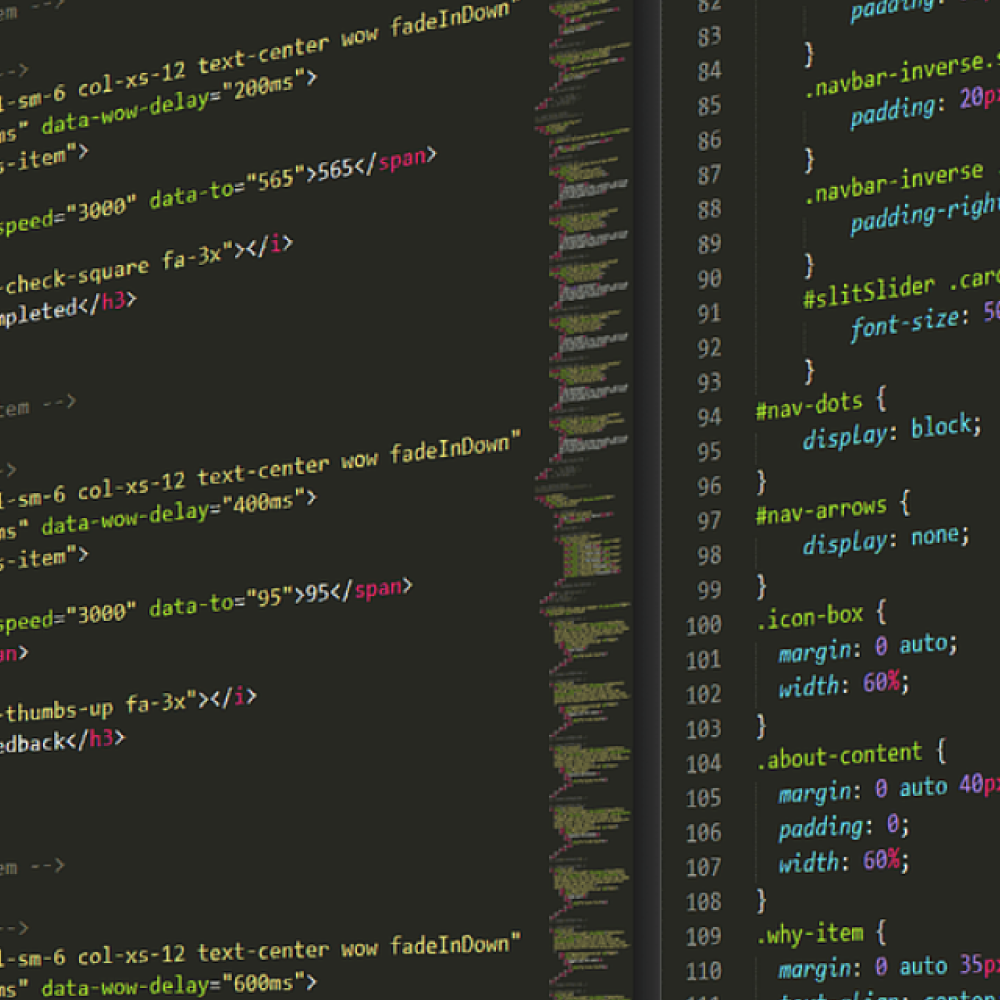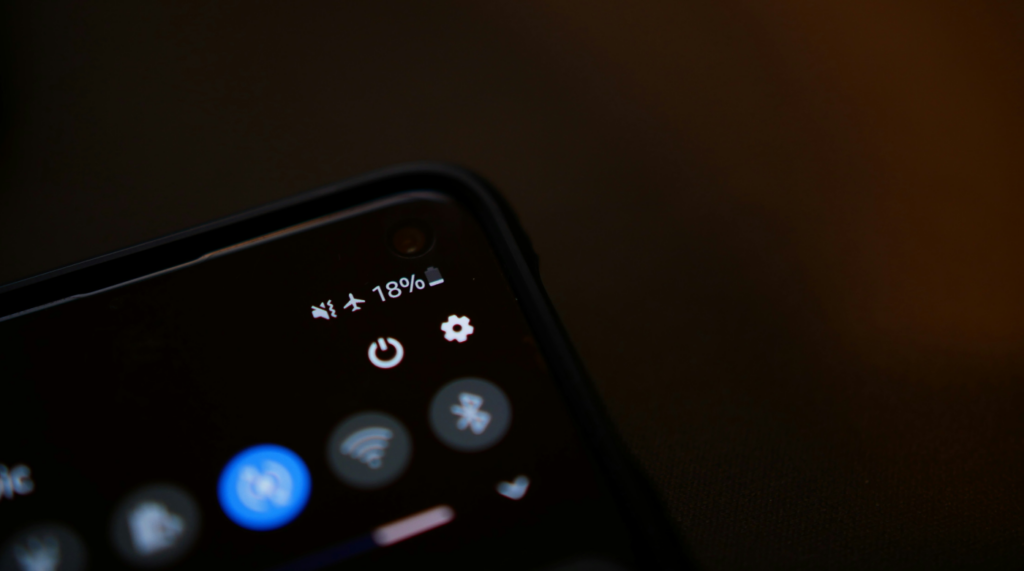We reported on how Amazon Dash and Echo are decoding our shopping habits and ushering in the voice interface back in 2017.
But where do developments stand seven years later and to what extent has artificial development also changed technologies in voice assistants? As a design and digital agency, we provide you with an up-to-date overview.
A lot has changed since the introduction of the Amazon Echo in 2014. Voice assistants such as Alexa, Google Assistant and Siri have revolutionized our everyday lives. They are now far more than just voice-controlled helpers in the smart home – they are shaping the way we work, communicate and search for information. In addition to Alexa, Google Nest and Apple’s Siri have also established themselves as strong competitors, and new multimodal interfaces that combine voice with visual information are gaining in importance. Despite all the progress, data protection concerns, particularly in relation to the processing and storage of voice data, remain a critical issue. The new data protection laws such as the GDPR protect user rights. The environmental footprint of these devices is also coming more into focus, as e-waste and energy consumption play an important role.
The origin of Alexa
How it all began
Once upon a time, a young, angry man had a good idea – sounds like the beginning of a Hollywood comedy, but in this case it’s a real success story. It all began with 30-year-old Jeffrey Bezos, who thirsted for more in his life than a prestigious job on Wall Street. So he turned his back on security without further ado, quit his unsatisfying bread-and-butter job and founded the online retailer Amazon with a lot of idealism in his luggage. What started out as an online bookstore quickly developed into the world’s largest online retailer with unbeatably fast delivery times. Books of all kinds are of course still available on Amazon, as are drinking games, gift vouchers for diving trips and knife sets. What keeps Amazon at the top of its game is both its unerring understanding of the shopper in front of the screen and its fervent inventiveness. For one thing, its search and ordering service is so child’s play that every purchase is characterized by a sense of achievement and nobody has to bang on their keyboard for lack of understanding. On the other hand, Amazon continues to surprise us with innovations that can be ideally integrated into our everyday lives. This includes the Amazon “Alexa” talking box.
Technological advances
The simple life
Amazon has continuously developed its Echo products. Today, voice assistants not only understand more complex commands, but also learn from their users through machine learning and AI integration. Alexa and co. are now compatible with countless devices, from televisions and lights to smart fridges. The advances in voice processing are particularly exciting: multimodal assistants that combine voice, image and text offer an even more intuitive user experience. However, further development goes beyond technical gadgets. Voice assistants are increasingly being used in the healthcare sector – from managing medication reminders to monitoring vital signs. They also offer enormous potential in the education sector to promote personalized learning.
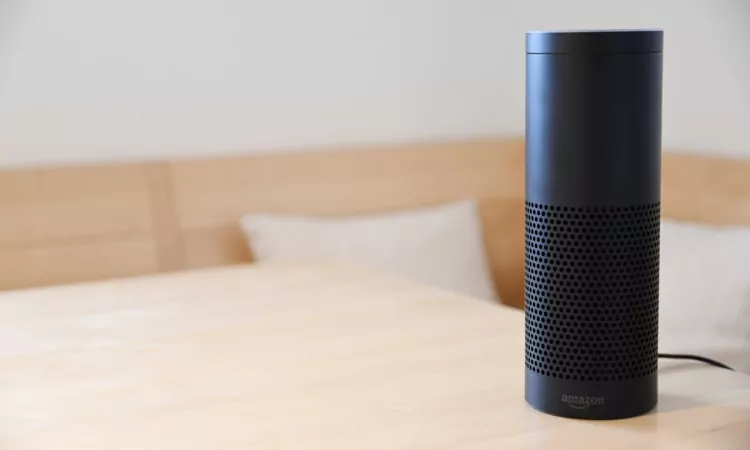
Learn
more
We are more than just experts – our dedicated team of designers, developers and marketing specialists work hand in hand to take your digital presence to the next level. Ready for the next step? Contact us and find out more about our services.
The need for user interfaces
Is this the death of the visual interface
Interface design is a relatively young discipline that saw the light of day in the 1980s and went hand in hand with text-driven computer control as user interfaces. With the increase in computer workstations in the nineties and the global domination of the Internet from the noughties onwards, every design and digital agency knew where the journey was heading. Sepaking of Visual Design! Almost every digital product had an interface that needed to be used in order to provide the customer with the best possible human-machine interaction. And we try to play our part in these developments with our work. The digital user interfaces and brand presentations we have developed cover everything from user-centered financing advice (home loan calculator), special tools for compliance guidance in the medical sector (bsi Compliance Navigator) or functional and easy-to-use web store interfaces (Springer Checkout), the development of generally valid mobile app interface systems to enable variable digital branding (Springer App Whitelabel Design). While the eighties and nineties were dominated by screen-controlled systems, the voice user interface (VUI) is now coming to the fore. Voice-controlled systems enable touch-free interaction that does not require visual interfaces. Nevertheless, visual design is not being completely displaced, but is developing in parallel, particularly in hybrid systems that combine voice and visual elements. The future holds great opportunities for innovative, integrated interfaces.

Data security of voice assistants
Not Sales, but Data
However, the integration of voice assistants into our daily lives does not only bring advantages. The increasing use of such technologies raises questions about data protection. Voice data is often stored and processed in the cloud, which raises concerns for many users. Since the introduction of the General Data Protection Regulation (GDPR) in Europe and the California Consumer Privacy Act (CCPA) in the USA, some companies have made efforts to strengthen data sovereignty. Users are now increasingly able to view and delete their data, but trust in the technology remains a challenge.

Competition market trends
What comes next?
Alongside Amazon, Google and Apple have also consolidated their position in the voice assistant market. Google Nest and Apple’s HomePod offer similar functions, with Google increasingly relying on artificial intelligence and Apple focusing on data protection as a competitive advantage. Competition has made the market more innovative and dynamic. Newer products not only offer simple voice control, but also work closely with AI-driven systems to anticipate user preferences and provide more personalized responses.
Sustainability
Consume wisely
Another important topic is the sustainability of appliances. More and more consumers are paying attention to how energy-efficient their devices are and what impact they have on the environment. The production and disposal of electronics contribute significantly to the global e-waste problem. Amazon and other companies have started to take initiatives to reduce the environmental impact – for example by using recyclable materials or more energy-efficient products. But there is still much to be done to improve the lifespan and environmental footprint of these devices.
Conclusion
Voice assistants such as Alexa and Google Assistant have become an integral part of our everyday lives. Advances in technology, particularly in artificial intelligence and voice processing, are constantly opening up new areas of application, while at the same time data protection and sustainability are becoming increasingly important. The future of voice assistants remains exciting – and will continue to take our lives in unexpected directions.
From the latest industry trends and the latest insights into AI and UX/UI design to exciting use cases. Sign up for our monthly newsletter and stay up to date!
Stay
tuned
More articles
